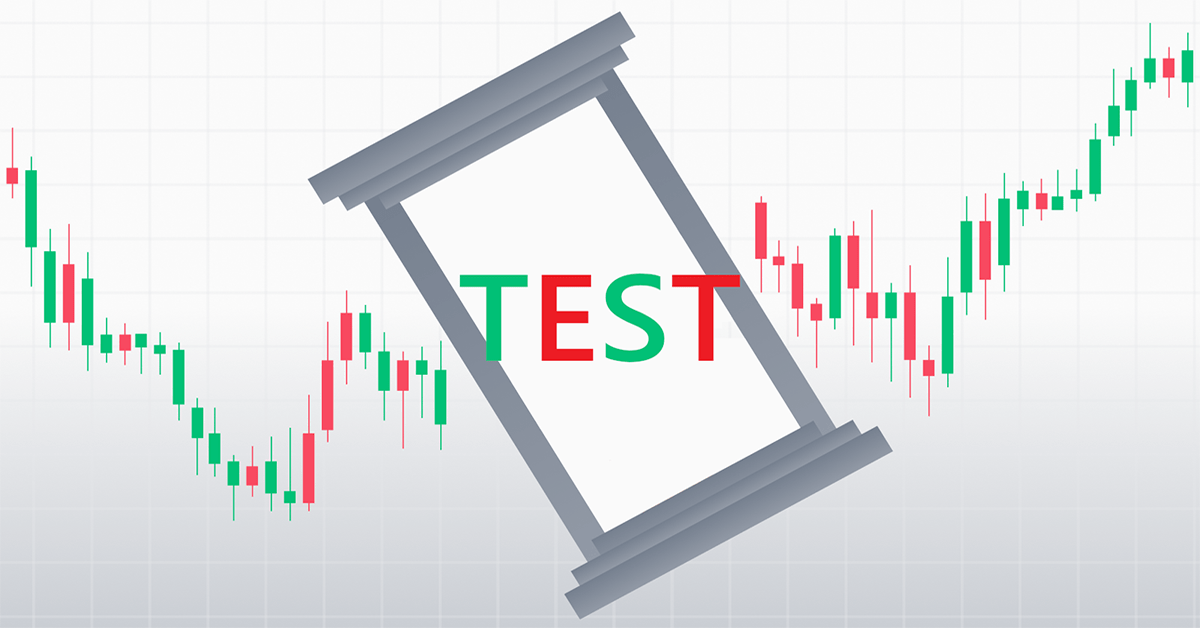The essence of pair trading is to identify two stocks that are highly correlated and then to trade them when their prices diverge from their historical correlation. The idea is that the two stocks will eventually converge back to their historical correlation, and you will be able to profit from the difference in prices.
For example, let`s say you identify two stocks, A and B, that have a historical correlation of 0.95. This means that they tend to move in the same direction 95% of the time. However, one day, the price of A starts to rise while the price of B stays flat. This is a signal that the two stocks have diverged from their historical correlation.
You could then enter a trade by buying A and shorting B. This means that you would be betting that the price of A will continue to rise and the price of B will stay flat or fall. If you are correct, you will be able to profit from the difference in prices when the two stocks converge back to their historical correlation.
Of course, there is no guarantee that the two stocks will converge back to their historical correlation. If the divergence continues, you could lose money on your trade. However, if you are careful in your selection of stocks and your timing of trades, you can increase your chances of success.
Here are some of the key principles of pair trading:
Here`s a step-by-step guide on how to execute a pair trading strategy:
Identify a Pair: Select two securities that have a historically close relationship in terms of their price movements. They could be stocks, ETFs, or any other related financial instruments.
Conduct Research and Analysis: Perform thorough research and analysis on the selected pair to understand their historical price relationship, correlation, and factors that influence their price movements. Look for periods of divergence and convergence.
Determine Entry and Exit Criteria: Define specific criteria for entering and exiting trades based on the price relationship between the two securities. This could involve establishing a threshold or ratio that indicates a potential divergence or convergence.
Calculate the Ratio: Calculate the ratio between the prices of the two securities to determine the entry point. Typically, the ratio is calculated by dividing the price of one security by the price of the other.
Establish Positions: When the price ratio exceeds the defined threshold, establish positions in both securities. Take a long position in the relatively undervalued security and a short position in the relatively overvalued security.
Monitor the Positions: Keep a close eye on the positions and monitor the price movements of both securities. This involves tracking the changes in the price ratio and the performance of each security.
Manage Risk: Implement risk management techniques such as setting stop-loss orders or using options strategies to limit potential losses. Consider position sizing and diversification to manage overall portfolio risk.
Exit the Trade: When the price ratio converges or reaches the defined exit point, exit the positions. Take profits by closing the positions in both securities.
Review and Refine: Regularly review the performance of the pair trading strategy and make adjustments as necessary. Analyze the results, learn from each trade, and refine the strategy based on new information or market conditions.
Enough talk, let’s check it out the pair trading on the example:
Apple and Google Pair trading
The price of Apple (AAPL) and the price of Google (GOOGL) are often correlated. This means that when the price of AAPL goes up, the price of GOOGL tends to go up. And vice versa.
Here is a chart showing the price of AAPL and GOOGL from 2010 to 2012:
As you can see, the price of AAPL and GOOGL diverged significantly in 2011. The price of AAPL rose sharply, while the price of GOOGL fell sharply. This divergence created an opportunity for pair traders to profit from the convergence of the two prices.
Pair traders who entered the trade on June 30, 2011, when the price ratio was 1.2, would have taken a short position in AAPL and a long position in GOOGL. The price ratio would then converge back to its historical average of 1, which it did on October 1, 2011. The pair traders would have exited the trade and taken profits on October 1, 2011, when the price ratio was 0.8.
The profit on this trade would have been 20%, which is a significant profit in a short period of time.
Calculated as follows:
· Entry: The price ratio on June 30, 2011 was 1.2, which means that the price of AAPL was 20% more than the price of GOOGL.
· Exit: The price ratio on October 1, 2011 was 0.8, which means that the price of AAPL was 20% less than the price of GOOGL.
· Profit: The profit is calculated as the difference between the entry price and the exit price, multiplied by the number of shares traded. In this example, the profit would be 20% * number of shares traded.
Overall, this is an example of how pair trading could be used to profit from the difference in prices between two highly correlated stocks. It is important to note that this is just an example, and the results of a real trade could be different.
Now, here you have it, it’s time to try it on a Demo account.
Good Luck!



















سلام عالی بود به نظر سود آور خواهد بود به شرطی که هوشمندانه عمل بشود